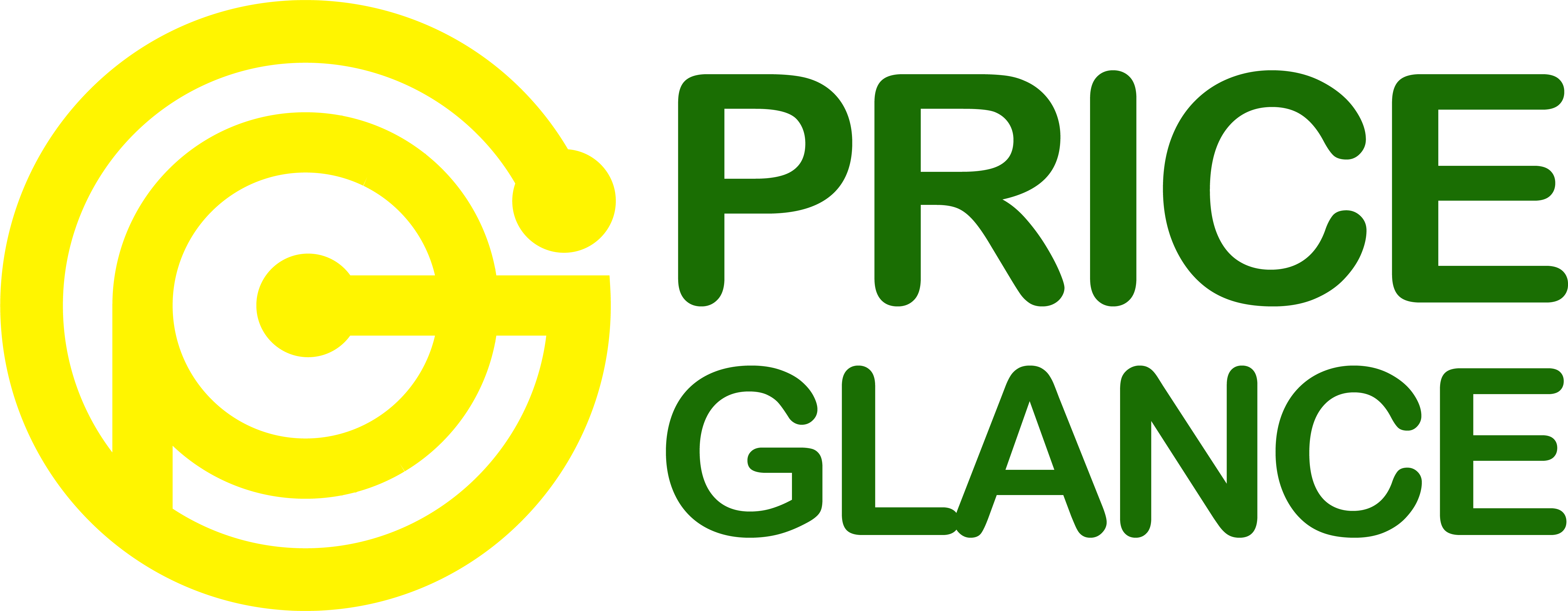
Introduction:
Setting the right pricing strategy is crucial for any business looking to attract customers and maximize revenue. In this article, we will explore seven intelligent pricing strategies that can help you capture the attention of customers and gain a competitive edge in the market. Additionally, we will discuss important considerations when determining your pricing strategy and guide you in selecting the approach that best suits your business.
What to Consider When Setting Your Pricing Strategy:
Before diving into specific pricing strategies, it’s essential to consider the following factors to ensure your pricing aligns with your business goals and customer expectations:

1. Understand Your Costs: Analyze your costs to determine the minimum price you need to charge to cover expenses and achieve profitability. Consider fixed costs, variable costs, and any economies of scale that may impact pricing decisions.
2. Know Your Market: Research your target market thoroughly to understand customer preferences, price sensitivity, and the competitive landscape. This knowledge will help you position your pricing strategy effectively.
3. Value Proposition: Assess the unique value your product or service offers to customers. Understanding the perceived value will enable you to price your offerings appropriately and communicate the benefits effectively.
Pricing Strategies to Attract Customers to Your Business:
Now let’s explore seven intelligent pricing strategies that can help attract customers and drive sales:
1. Penetration Pricing: Set an initial low price to enter the market and gain market share quickly. This strategy aims to capture customers’ attention, encourage trial, and build a customer base. Over time, prices can be adjusted to align with the value delivered.
2. Price Bundling: Offer bundles or packages that combine multiple products or services at a discounted price compared to purchasing them individually. This strategy encourages customers to make larger purchases and perceive increased value.
3. Freemium: Provide a basic version of your product or service for free, while offering premium features or additional services at a cost. This approach allows customers to experience the value you provide and encourages them to upgrade to a paid version.
4. Dynamic Pricing: Adjust prices in real-time based on factors such as demand, competition, or time of day. This strategy allows you to optimize revenue by charging higher prices during peak periods and offering discounts during slower times.
5. Psychological Pricing: Utilize pricing tactics that tap into customers’ psychological biases, such as setting prices just below a round number (e.g., $9.99 instead of $10) or emphasizing the savings customers will receive.
6. Tiered Pricing: Offer different pricing tiers with varying features and benefits, catering to different customer segments. This strategy allows customers to choose the level of service that best suits their needs and budget.
7. Loyalty Pricing: Implement pricing incentives for loyal customers, such as exclusive discounts, rewards programs, or personalized offers. This strategy encourages repeat purchases and builds customer loyalty.
Which Pricing Strategy is Right for You?
Choosing the right pricing strategy depends on your specific business, target market, and competitive landscape. Consider factors such as your product or service characteristics, customer preferences, and the goals you aim to achieve. It may be beneficial to test different pricing strategies and monitor their impact on customer acquisition, retention, and profitability.

Conclusion:
Implementing an intelligent pricing strategy is essential for attracting customers and driving business growth. Consider factors such as costs, market dynamics, and your unique value proposition when setting your pricing strategy. Explore various approaches, such as penetration pricing, price bundling, freemium, dynamic pricing, psychological pricing, tiered pricing, and loyalty pricing, to find the strategy that resonates with your target market and aligns with your business objectives. Continuously evaluate and adjust your pricing strategy to stay competitive and meet customer demands in a dynamic marketplace.
Learn More: Utilizing Next-Gen Digital Shelf Technology for Business Growth
